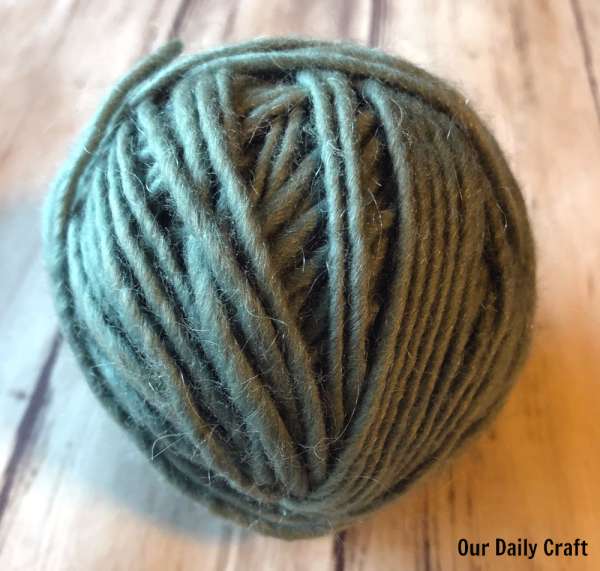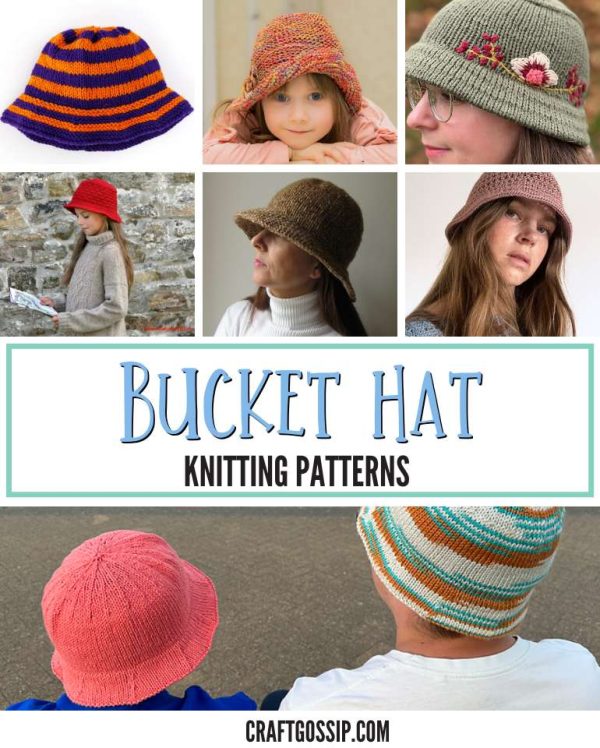 There’s been a lot of talk in the knitting community on Instagram and elsewhere about how using hand-dyed yarn in projects can feel like it excludes knitters who aren’t able to afford that yarn and suggesting that designers should provide yarn substitution ideas to make their patterns more accessible.
There’s been a lot of talk in the knitting community on Instagram and elsewhere about how using hand-dyed yarn in projects can feel like it excludes knitters who aren’t able to afford that yarn and suggesting that designers should provide yarn substitution ideas to make their patterns more accessible.
I have a lot of thoughts about this. First, I don’t think I’ve ever used the yarn a pattern called for unless I was using the pattern on the ball band. I have always felt comfortable using whatever yarn I could find that would work for the pattern.
That doesn’t mean that I’m an adventurous knitter — far from it — I just came up at a time when you were at the mercy of the big-box store or the chain craft store or whatever your local yarn shop had if you were lucky enough to have one of those. If you wanted to knit you used the yarn you could find.
I’ve definitely made mistakes, but I’ve learned from them and I know the worst thing that happens when you choose the wrong yarn is that you have to rip out a project (and I’ve had to do that with a whole sweater that didn’t end up fitting, so I know how painful that can be).
I don’t know why knitters wouldn’t feel comfortable doing this. I consider it a pretty basic skill but maybe newer knitters aren’t learning it these days. Maybe knitters are afraid of making mistakes (though, again, it’s only yarn and you can use it for something else if it doesn’t work out) or wasting time on something that doesn’t come out the way they planned.
It would never have occurred to me that it was the designer’s job to suggest alternatives, because how would they know what I had access to? It’s great if a designer happens to know of some different yarns that would work in their pattern but putting the time, effort and expense of finding those yarns onto the designer is just more labor they can’t recoup in the price of the knitting pattern. (The prices of knitting patterns are a whole separate topic.)
What do you think? Do you substitute yarns for projects or tend to go with what the designer recommends? Do you have a story where yarn substitution went wrong? I’d love to hear about it!
And if you need help with the basics of yarn substitution, I wrote a much longer post on the issue over at Our Daily Craft.
 As I was starting to write this post I thought that it was true that I’d never done a roundup of bucket hat knitting patterns before. But then I looked, and I actually did one last year (which you can find
As I was starting to write this post I thought that it was true that I’d never done a roundup of bucket hat knitting patterns before. But then I looked, and I actually did one last year (which you can find
The individual knitter has an opportunity to experiment, challenge, and learn by substituting. That can be considered a gift, even though there is the chance to fail. Often, I learn from my mistakes, perhaps others do, also? And when I do succeed the next time, it is so very good! I’ve made a lot of substitutions, a lot of ripping out (getting rid of certain projects, too. I shudder at my early ones!), but I’m a better knitter as I pay attention to the process and material. It’s a process that can help you become creative, adaptable, less anxious and fearful- growing!
I don’t think it’s their job. All they need to do is to give gauge (stitch and row, in the stitch pattern(s) used) and the needle size by which they attained the same. The nanny state should not be extended to the knitting world.
I am a novice knitter- but in other realms of crafting, like counted cross stitch- I substitute all the time (between colors, brands, fabric counts) and I expect a slightly different result from the example that the designer displays.
I agree that suggesting an alternative would be difficult- there are SO many options now, and what I have access to might vary to what a knitter in the UK has access to. The substitutions list could be longer than the pattern!
I have to admit that I rarely use the yarn recommended in a pattern. I love to buy yarn (don’t we all?) so I look for a pattern to fit the yarn I have. Or if I have an idea for a project I get the pattern and then go buy more yarn (yay!). When I first started knitting maybe 15 years ago now, I didn’t know what a wonderful journey I was starting on, so I didn’t invest in a lot of money or inventory in the yarn I was buying. To me, that’s part of the knit-adventure – searching for the yarn for the pattern. So if a designer went to all that trouble to suggest substitutions, to me, I feel it’s a waste of their creative time, unless they enjoy doing it. I agree with the writer and the other commenters that using different yarns is how you learn about knitting, what yarns work best, and how they knit up, etc.
Definitely not the designers job. I love the comment above referring to the “Nanny State”. We tend to call it “Entitlement” but I think I am adopting that one. In this day there are so many resources to be able to find more information. Do the research, educate yourself. Next thing you know they are going to want designers to knit if for them too!
I knit and crochet and it took me years to work out substitutions. Now if a pattern doesn’t at least list yarn weight being used for the pattern, I don’t buy it, end of.
I write patterns now – and always include yarn weight and yards/metres, and how to substitute in other weights. I also use UK/US terms (for example DC/SC) for my friends here in the UK and for my American DIL in the US. I give my patterns away but I’ve had so many people tell me they would buy the patterns I write just on the way I include the very helpful information.
I don’t think it’s the designer’s jobs. I love to experiment with different yarns. The designer gives the gauge and I’m usually on gauge, so i love shopping for new yarn. There is a yarn substitution web site available: https://yarnsub.com
Happy Knitting!
Betty G.